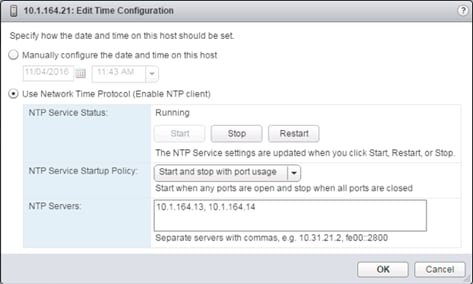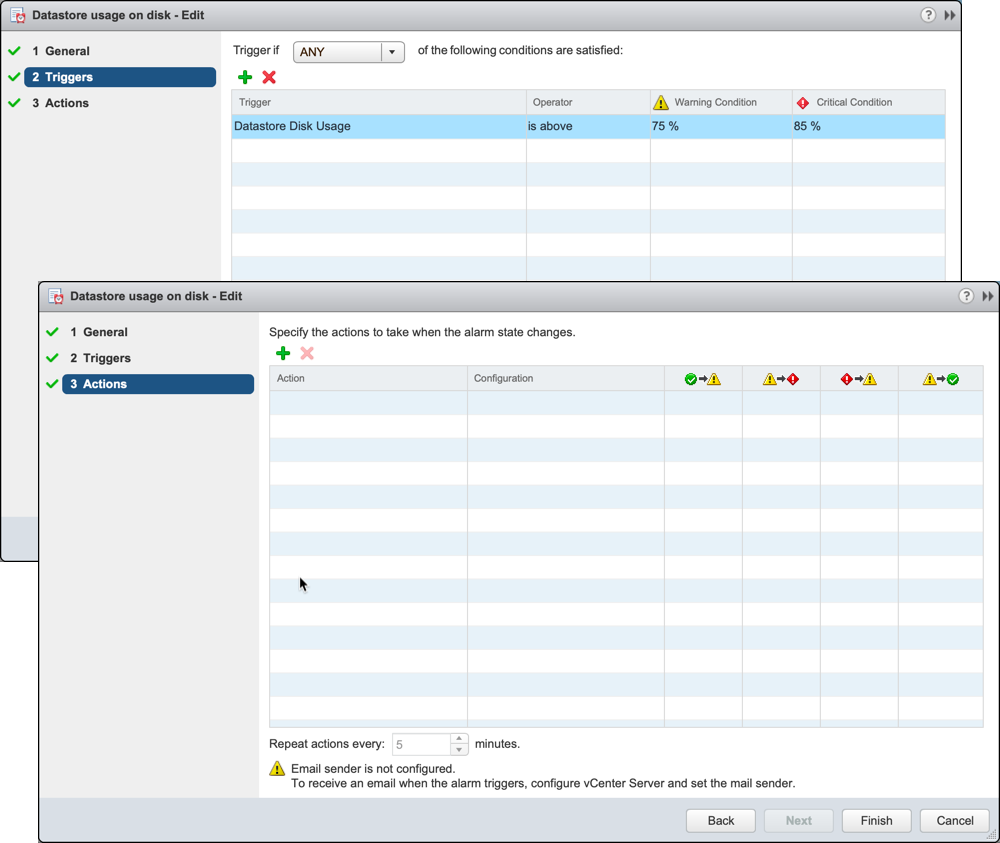

The NAS server uses the preferred interface gateways for outgoing communication with non-locally connected hosts. When you create IP interfaces for a NAS server, the first IPv4 interface and first IPv6 interface configured with a gateway become preferred interfaces. This balances system performance by ensuring that the applications draw their processing resources from separate SPs. For example, if you plan to provide file systems for two high-load database applications, you can choose to run a separate NAS server on each SP, and provision the storage for each application from a separate NAS server. You can balance the performance load on the storage system's SPs by choosing which NAS servers run on each SP, and which file systems are associated with which NAS server. Performance balancing (physical deployments only) You cannot change the default Storage Processor (SP) for a NAS server, once it is created. NAS and SCSI Protocol Endpoints (PEs) are access points for ESXi host I/O communication from VMs to their VVol datastores on the storage system. When a storage policy is selected in vSphere or vCenter, only those VVol datastores compatible with these policies will appear as eligible storage containers for the virtual volume. These capability profiles map to VMware VVol storage policy profiles. These characteristics are based on the underlying storage pools and include three categories of capabilities:Ĭapability profiles are populated through the VMware vStorage API for Storage Awareness (VASA) protocol from the storage system into vSphere or vCenter. A capability profile, configured by the storage administrator, is a set of performance characteristics for a VVol datastore on the storage system. These storage policies dictate which storage containers are compatible with VVols. VMware vSphere 6.0 and later uses Storage Policy-Based Management (SPBM) to define application or VM-specific storage requirements. You can create VVol datastores based on one or more underlying storage pools and then allocate a specific portion of the pool to be used for the VVol datastore and its associated VVols.

Whereas VMware VMFS and NFS datastores are managed and provisioned at the LUN or file system-level, VVol datastores are more granular: VMs or virtual disks can be managed independently. VVol datastores are a new type of VMware datastore, in addition to VMFS and NFS datastores, which allow VVols to map directly to a storage system. On the storage system, VVols reside in VVol datastores, also known as storage containers. There are different types of VVol objects, including Config-VVol, Data-VVol (equivalent to VMDK), Memory-VVol, and Swap-VVol. Virtual Volumes (VVols) are a new VMware object type that corresponds to a Virtual Machine (VM) disk, and its snapshots and fast-clones.

Modern Storage for Kubernetes and Containers.Solutions for Microsoft Azure Stack Family.


 0 kommentar(er)
0 kommentar(er)
